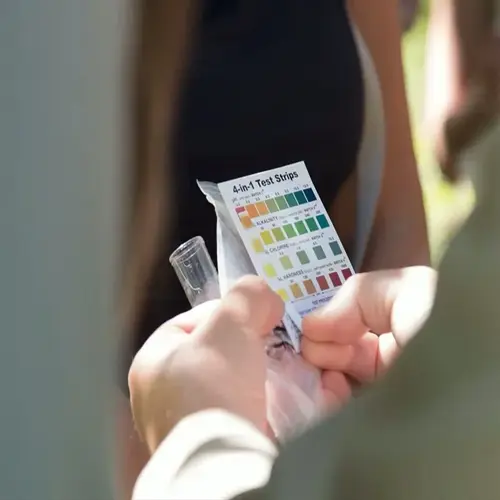What emergency steps follow plant ingestion?

Written by
John Williams
Reviewed by
Prof. Henry Webster, Ph.D.I learned that plant poisoning emergencies are emergencies with seconds to act... I ran and pulled out the tulip leaf with my cat's mouth, and quickly Whatsapped my sister and said, "Help!". The best thing is to remove all the plant material from your pet's mouth safely (with gloves!) and to stop more from being swallowed, while protecting yourself. Quickly identify the plant (take clear photos of leaves, flowers, and berries!).
First Response Actions
- Remove debris: Clear mouth with fingers or tweezers
- Rinse mouth: Use water or milk for irritants
- Limit movement: Prevent toxin spread through activity
- Isolate: Confine pet away from toxic sources
Information Gathering
- Photograph plant: Capture leaves, flowers, berries
- Estimate amount: Note approximate ingestion quantity
- Record time: Document exact exposure moment
- Note symptoms: Track vomiting or behavior changes
Contact professionals immediately with all the information you have gathered. Call your veterinarian or the ASPCA (888-426-4435) for pets. They will need precise identification of the plant, weight, and symptoms of the pet. When my cat had the lily incident, this call started the life-saving measures before we reached the clinic.
Keep evidence safe. Place vomit samples inside sealable bags. Store any chewed plant pieces as well. I keep mine in pill bottles, specifying exposure time. This may assist toxicologists in identifying poison type and concentration in veterinary diagnostic laboratories.
Get there safely in the best possible time frame. Stabilize pets in carriers with blankets to avoid injury when tremors occur, transport flowers and medical records. Drive cautiously while monitoring breathing. My emergency kit contains a pet thermometer and flashlight to check for symptoms while on the road.
Prepare at clinics by immediately sharing all recorded information. Ask for specific antidotes, as N-acetylcysteine, for sago palm. Approve blood work and IV fluids. After my dog ingested grapes, initial kidney values on the day of treatment made the treatment successful. The success of treatment depends on your preparedness, which relates to survival.
Read the full article: Toxic Plants for Pets: Ultimate Safety Guide
